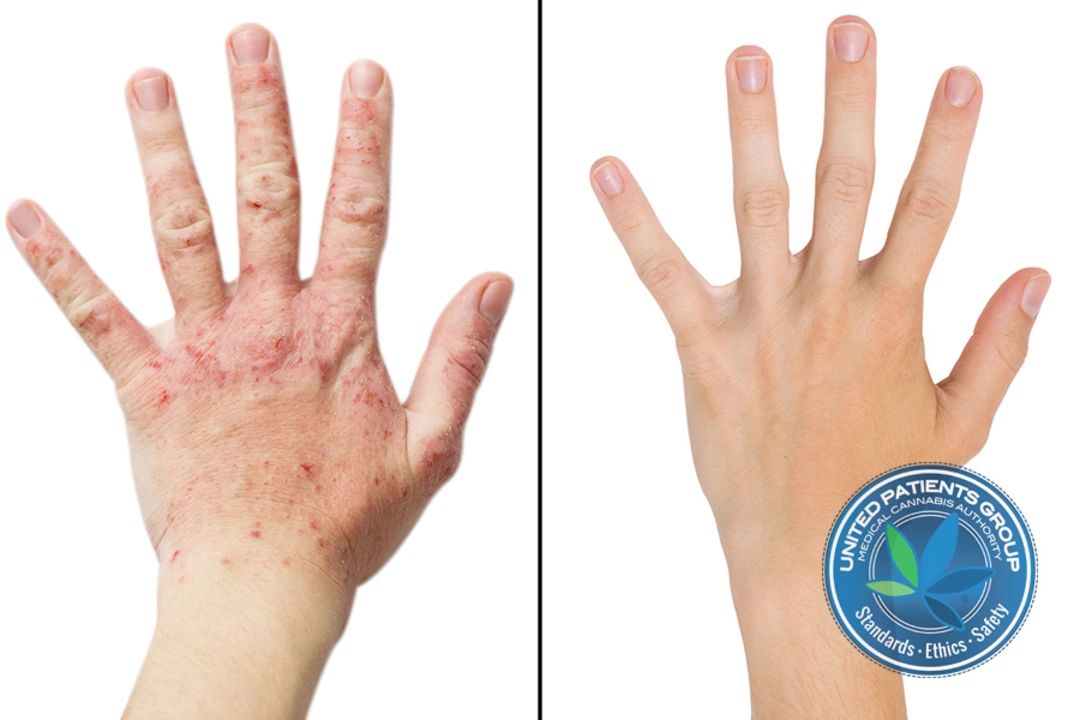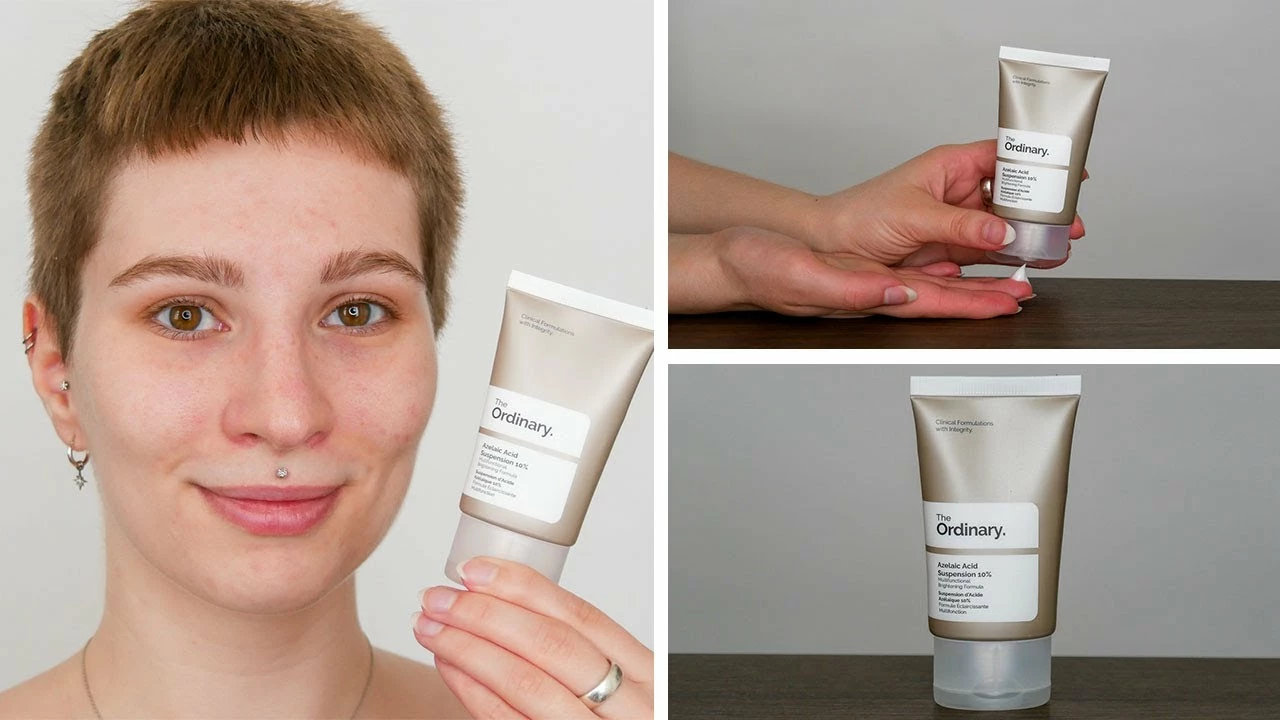April 2023 Archive — Practical Guides on Azathioprine, Acitretin and Azelaic Acid
This month on PharmNet we focused on three useful, practical topics you can use right away: how azathioprine doses are chosen and monitored, whether acitretin can help with inverse psoriasis, and how azelaic acid reduces redness and inflammation. If you read one thing here, let it be this: these treatments can work well when used the right way and monitored properly.
Azathioprine: dosing, monitoring, and what to watch for
Azathioprine is an immune-suppressing drug used for autoimmune conditions and transplant care. Typical dosing falls in a range roughly around 1–3 mg/kg per day, but your doctor will pick a starting dose based on your condition, weight, and other meds. Don’t guess the dose yourself—changes need to be gradual and based on blood tests.
Before starting, clinicians often check TPMT enzyme activity (this affects how you process the drug) and baseline blood counts and liver tests. While you’re on azathioprine, expect regular CBCs and liver panels. Why? Because the main risks are low white cells, anemia, and liver problems—these show up on labs before you feel anything serious.
Practical tips: report fevers, sore throat, or unusual bruising right away; avoid live vaccines while immunosuppressed; and carry a note for other doctors that you’re on azathioprine. If side effects develop, your prescriber may lower the dose or pause the drug.
Skin treatments: acitretin for inverse psoriasis and azelaic acid for redness
Acitretin is an oral retinoid usually used for tougher psoriasis cases. For inverse psoriasis (in folds like under breasts or groin), systemic options such as acitretin can help when topical treatments fail. It can improve skin cell turnover and reduce thickening, but it has predictable side effects: dryness, higher blood lipids, and liver test changes. If you’re a woman of childbearing age, acitretin is strongly contraindicated unless strict pregnancy avoidance is guaranteed—pregnancy must be avoided during treatment and for a long period after stopping. Expect regular blood tests and a clear discussion about contraception before starting.
Azelaic acid is a topical ingredient that calms inflammation and reduces redness. It’s gentle enough for sensitive skin and works well for acne-related redness and rosacea-type flushing. You’ll see azelaic acid in 10–20% topical forms; start with a small area to check tolerance, then apply as directed—usually once or twice daily. Mild irritation or stinging may occur at first; if severe, stop and ask your provider.
Want to act now? Talk with your clinician about which option fits your situation, ask for the specific tests mentioned here (TPMT, CBC, LFTs, lipids), and keep a simple log of symptoms and side effects. That makes follow-up visits short and useful.



